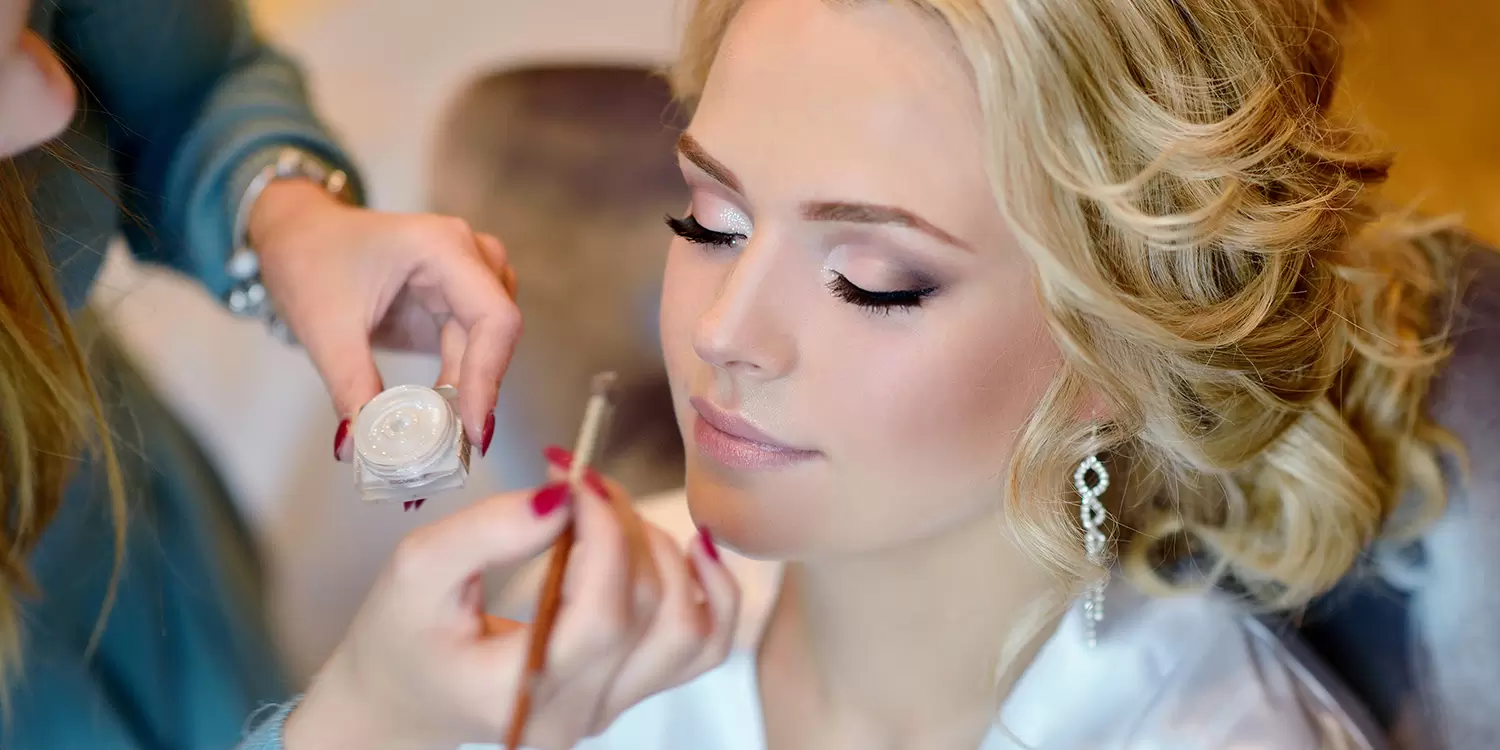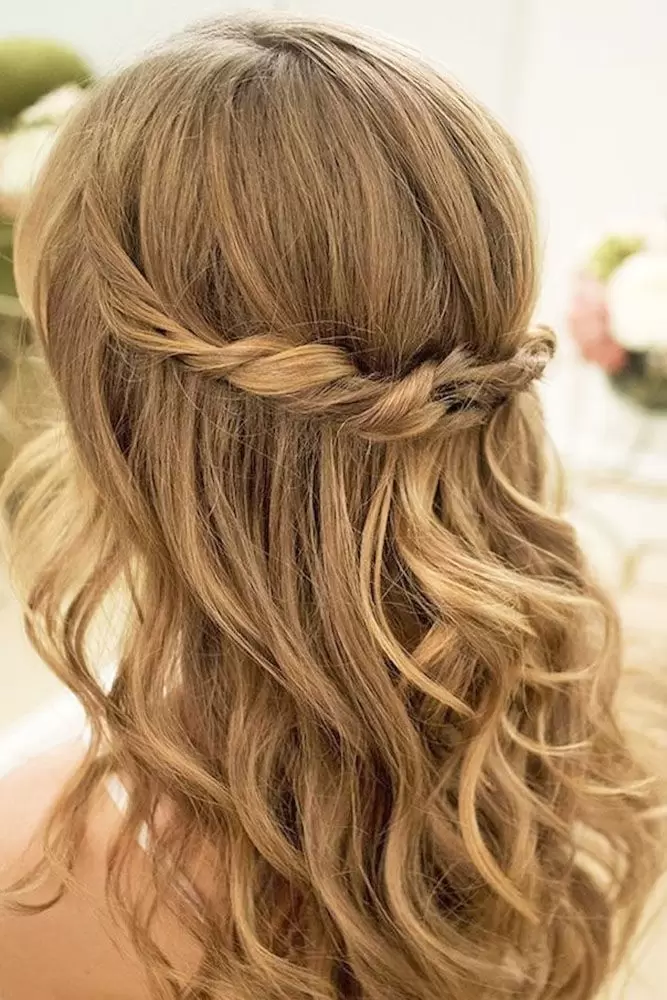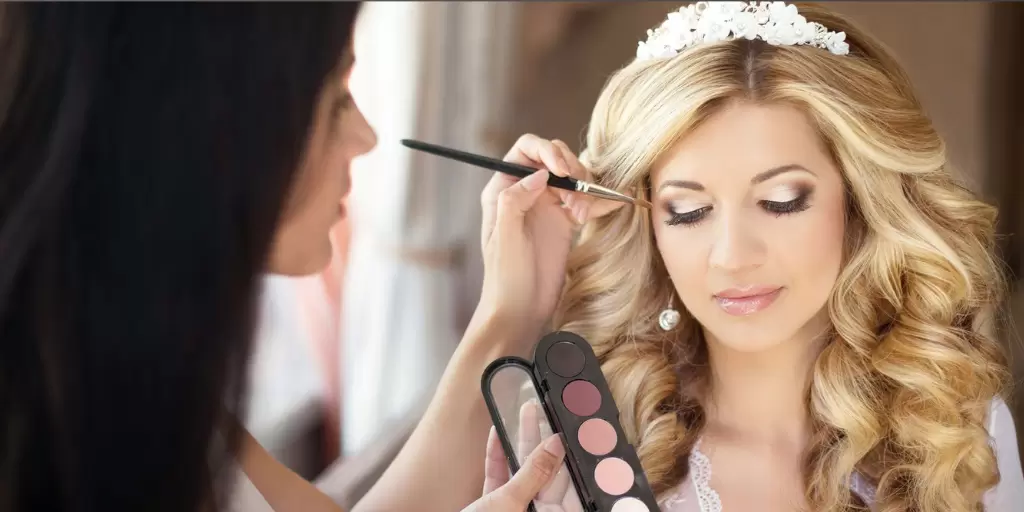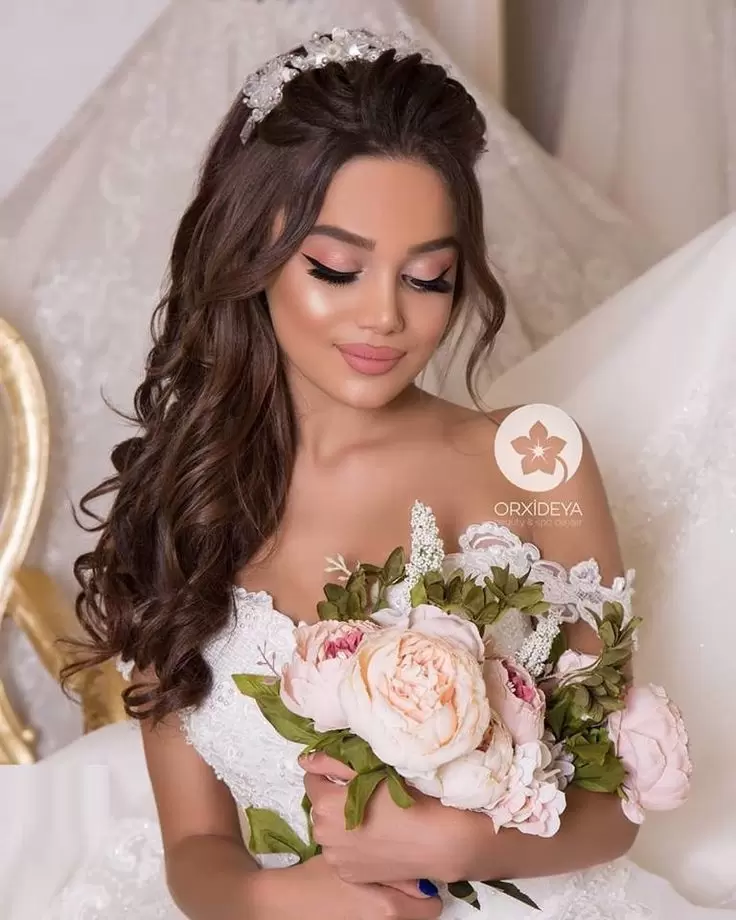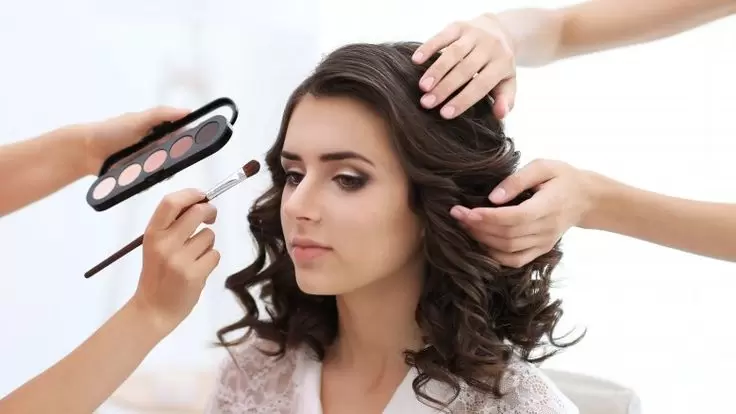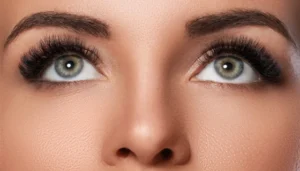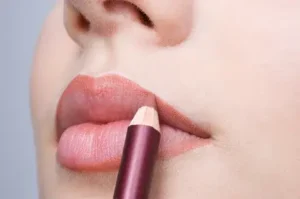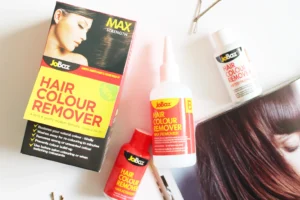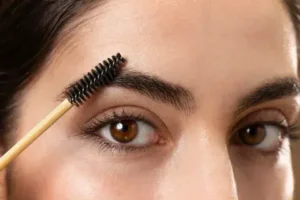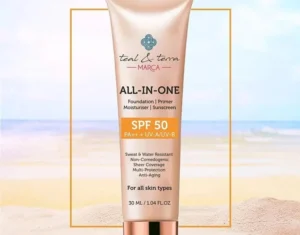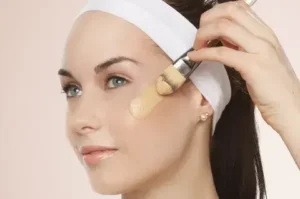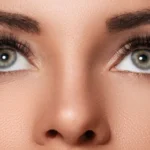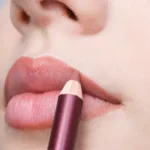For many women, the weeks and months leading up to their wedding day are filled with countless decisions both big and small related to achieving the ideal bridal look.
From selecting the perfect lace or satin gown to meticulously curating hair or makeup for wedding styles through multiple trials with artists, putting together this special beauty aesthetic requires extensive planning and attention to detail.
While the venue, floral designs and custom cake may steal the bulk of pre nuptial brain space, one tricky dilemma that often emerges during the preparation phase is the debate over whether to tackle hair styling or makeup application first when getting ready on the big day itself.
With the wedding fast approaching and trial runs complete, this hair versus makeup sequencing question can spark animated discussions in online forums and bride chat boards.
Strong opinions exist on both sides of the issue, with some favoring a hair first mindset while others argue makeup must come before any hot tools or product touch the complexion.
Even experienced beauty professionals occasionally disagree on the ideal workflow strategy given the nuances of specific bridal looks and hair or skin concerns that could impact results.
After sifting through reams of advice from experts in the industry and weighing the tangible pros and cons of both approaches, the evidence increasingly points toward one sequence being the safest bet for preserving your polished appearance into evening festivities and first dances.
While certain circumstances could call for a different process, a comprehensive analysis of potential issues, solutions, and risk mitigation techniques shows doing your hair before applying makeup generally leads to longer lasting victory.
Why Hair First Makes the Most Sense
The primary argument in favor of tackling your hair styling prior to makeup revolves around preventing any beauty tools, heat, or product residue from harming delicate complexion products as you finesse your ‘do into place.
Hair styling tools like curling or flat irons are known to disturb or fully remove shadows, mascara, lipstick, and other face makeup if used too closely after application.
Hairspray, mousses, and oils also carry the risk of transferring undesired additives onto an otherwise pristine canvas if you start with hair second.
Professional makeup artist Rachel Goodwin notes it’s all too easy for excess hair styling elements on your hands to then be accidentally deposited onto the skin as you smooth fringe or pin curls into the final look.
This disruption or addition of unplanned ingredients can cause foundation and powders to slip or crease prematurely.
Going by the hair first mantra prevents any of these touch up demanding issues from arising altogether.
Similarly, mascara, eyeliner flicks, and lip colors demand precision yet fragility a stray hair could easily disturb once dried.
Bridal stylist Maria Holman cautions moving hair around post makeup runs huge risks of smearing shadow or smudging lip lines painfully close to alter shots and first kiss moments.
With hair out of the way first, you protect hours of effort building the perfect pout and cat eye flick from potential ruin.
Touch ups over the course of a full wedding day featuring photos, meals, dances and toasts also benefit by eliminating added foundation or powder blending needed to disguise makeup shifts caused by hair styling after the fact.
Staying makeup fresh for every event milestone thanks to this hair first strategy helps you relax and fully live in each moment without fussing over your appearance.
Preparing Hair or Makeup
Some minor preparations before and after drying and styling hair when following the hair first sequence streamlines the entire process and reduces chances of pesky flyaway or creasing interfering with a seamless blended look:
- Apply a light hold hairspray, dry shampoo, or hair nets to tame flyaway baby hairs and perimeter pieces once styled dry
- For those with extensions or added fullness, braid or pin curl larger sections to set the shape and prevent slippage after makeup application
- Opt for styles with more texture, volume and lift at the roots rather than sleek blown out lengths prone to creasing against the face
- Consider half up styles that keep the bulk of hair away from makeup zones like under eyes and forehead
- Refresh styles as needed throughout the day with backcombing or additional sprays to maintain integrity
Using strategic pinning, braiding and lightweight holding products creates structure and sets your ‘do ready to seamlessly fuse with freshly applied makeup.
This prep work helps sculpt styles that blend effortlessly with base and complexion products for a cohesive canvas.
Exceptions to the Rule of hair or makeup for wedding
While hair before makeup proves the safest approach for most bridal looks according to experts, some exceptions exist where the reverse routing makes more practical sense given hair characteristics or desired aesthetic:
Sleek Udos
Pinning hair tightly against the head frames the face beautifully but increases risks of transferring powders or creasing foundation against secured strands. With updos, having makeup in place beforehand prevents disruption.
Pixie Cuts or Short Styles
Minimal short hair involves much less surface area potentially affecting makeup application and reduces needs for touch ups around baby wisps.
Very Oily or Dry Hair Skin Types
Those with oilier tendencies can experience transfer and separation doing hair second. Meanwhile, powdering dry textures risks flaking against hair.
Makeup Artist Preference
Some MUA’s feel most at ease starting on complexion then tailoring hair accordingly, so go with the pro’s recommendation.
Overall, extensive pre-event makeup and hair trials allow you to assess which specific look, hair type or artists’ workflow creates best results for your big day.
With thorough testing, you can feel confident rocking whichever sequence works best.
Preventing Fallout with Hair First
A 2015 wedding industry survey found roughly 62% of brides who faced last minute “disasters” partly attributed them to unresolved hair and makeup sequencing issues.
By taking a strategic, tailored approach aligned with hair and beauty pro advice, you eliminate many risks of fallout:
Trial, Trial, Trial
With your specific hairstyle and makeup artist, try multiple test runs to check flow, timing and troubleshoot potential areas
Trust Your Team’s Expertise
Implement what pros who know your look recommend rather than opinions that conflict
Consider Hair Makeup Interactions
Account for how hair textures, growth patterns or finished shapes affect makeup longevity
Communicate Openly
Discuss your concerns with stylists so you’re all on same page regarding best workflows
Prep and Refresh as Needed
Have all necessary setting products, brushes, pins on hand to maintain looks throughout events
With detailed advance planning customized for your wedding party needs, there’s no reason hair or makeup logistics must disrupt your special day.
Approach hair makeup sequencing proactively, then relax and shine.
While no absolute rule fits every bridal scenario given all variables, top hairstylists and makeup artists concur hair first proves the low risk best practice for virtually all brides.
This sequencing retains eye catching up do definition, maintains pristine base makeup coverage throughout celebrations from first look photos to last dance, and prevents interruptions to set complexion products like foundations.
Exceptions occur for certain face framing hairstyles like sleek up do or shorter cuts less disruptive to touch ups.
Testing various workflows lets you and your pros determine which approach creates the polished finished result you love seeing in engagement photos.
With strategic prep measures like pinning, braiding and lightweight hold products supporting styles after they meet makeup, even oily textures glide into full beauty cohesion.
Regardless of specific routines, collaborating closely with your experts allows customized solutions.
But overwhelmingly, the evidence shows diligently doing hair before applying your bridal face of flawless makeup creates the safest canvas for long lasting, high impact results on the big day and memories to treasure eternally.
Approach your prenuptial beauty strategy armed with this defensible hairstyling and makeup knowledge for supreme confidence walking down the aisle.
Frequently Asked Question (FAQs)
Q: Do brides get their hair or makeup done first?
A: Getting your makeup done first is just a suggestion.
Q: Should you do your hair before or after makeup?
A: Do your makeup first.
Q: What order do you do hair and makeup for a wedding?
A: Hair first and makeup last.
Q: Is it better to wear hair up or down for a wedding?
A: A lot of brides I photograph choose to wear their hair down during the summer months but for autumn and winter weddings up do are still more popular.
Q: How should I do my hair for a wedding?
A: Hair should be well groomed.
Conclusion of hair or makeup for wedding:
In summary, while individual factors like hairstyle choice, hair skin type, or artist preference may determine small exceptions, the overall conclusion from experts is clear.
Doing your hair before applying your wedding makeup is the safest approach for most brides. It minimizes risks of smudges, transfer, or damage from styling tools that could necessitate touch ups.
With thorough preparation, strategic settings, and open communication between the bride and her glam squad, any bride can flawlessly fuse her hair and makeup looks together while feeling confident in her choice throughout the most important celebrations of her big day.
Proper planning eliminates unexpected beauty surprises and allows full enjoyment of every moment.
